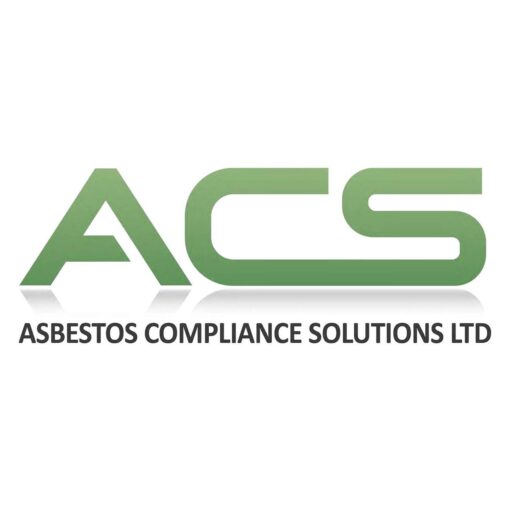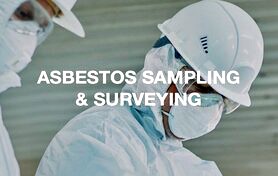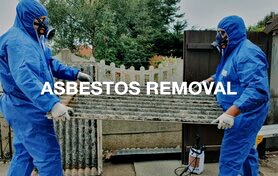Hidden Danger: Asbestos in Beauty Products
While the dangers of asbestos in building materials are well-documented, a more insidious threat has emerged: asbestos in beauty products. This revelation has sent shockwaves through the industry, raising serious concerns about consumer safety and highlighting the need for stringent regulations. While not a common issue in the UK as it is in other countries, it is important to be aware of the issues.

The Surprising Source: Talc and Asbestos Contamination
The primary culprit is talc, a naturally occurring mineral widely used in cosmetics for its absorbent and silky properties. However, talc deposits can be contaminated with asbestos, a known carcinogen. This contamination can occur during the mining process, as talc and asbestos minerals often form in close proximity.
Products at Risk: From Baby Powder to Eye Shadow
A range of beauty products containing talc have been implicated, including:
- Talcum powder: This seemingly innocuous product, often used for babies and personal hygiene, has been a major source of concern.
- Eye shadow and blush: These powdered cosmetics can contain talc as a filler, potentially exposing users to asbestos fibres.
- Loose face powder: Similar to talcum powder, loose face powder can be inhaled, increasing the risk of respiratory exposure.
- Other powdered makeup: Any powdered makeup that lists talc as an ingredient can be a potential source of asbestos.
The Health Hazards: A Silent Threat
Inhaling asbestos fibres can lead to serious health problems, including mesothelioma, lung cancer, and asbestosis. These diseases often have long latency periods, meaning symptoms may not appear for decades after exposure. This makes it particularly difficult to trace the source of illness and emphasises the importance of prevention.
Regulatory Challenges and Consumer Awareness
The beauty industry faces significant challenges in ensuring the safety of talc-containing products. While regulations exist in some countries, they are often insufficient to guarantee the absence of asbestos contamination. Stricter testing protocols and supply chain transparency are crucial to protect consumers. Consumer awareness is also paramount. Individuals should carefully scrutinise product labels and avoid products containing talc, especially if they have concerns about potential contamination.
The Importance of Rigorous Testing and Quality Control
Manufacturers must implement rigorous testing procedures to ensure that their talc supply is free from asbestos. This includes sourcing talc from reputable suppliers and conducting independent laboratory testing. Stringent quality control measures are essential to prevent contaminated products from reaching consumers.
Addressing the Issue: A Call for Action
The discovery of asbestos in beauty products has highlighted the need for greater vigilance and stricter regulations. While the concept of “asbestos removal” is more commonly associated with construction, the principle of eliminating asbestos hazards applies across all industries. In this context, it translates to the removal of contaminated products from the market and the implementation of measures to prevent future contamination.
The need for product recalls and consumer advice.
When contaminated products are found, immediate product recalls must be initiated. Clear and concise consumer advice must be given so that people know what products to avoid. The removal of contaminated products needs to be swift. In this instance, the term “asbestos removal” can be used metaphorically, as the removal of a dangerous product from sale.
The Future: Ensuring Consumer Safety
The beauty industry must prioritise consumer safety by ensuring the absence of asbestos in beauty products. This requires a collaborative effort involving manufacturers, regulators, and consumers. By working together, we can create a safer environment for everyone. The only way to stop this is to stop the contaminated talc from being used in the first place. The need for constant vigilance and the need for rigorous testing can not be understated. The concept of asbestos removal must be applied to all areas where asbestos is found, including the beauty industry.
Contact ACS today to discuss any concerns you have about asbestos identification, removal or disposal.





